South Australia’s population growth lags as young people make for greener pastures interstate
A LACK of jobs in a struggling economy has South Australians looking interstate for opportunities. So how do we address this problem?

SA News
Don't miss out on the headlines from SA News. Followed categories will be added to My News.
- Which university courses offer the best chance at a job?
- Thomas Foods moves jobs to Lobethal, Tamworth abattoirs
- Adelaide designers shine at French Festival
- New gas field discovered in SA’s south east
LEAVING smaller towns and cities for the bright lights of the big smoke is a rite of passage for millions of young people around the world.
Young people leave rural, regional and smaller population bases seeking better jobs and more opportunities.
Nigel McBride, CEO of Business SA, describes it as “the normal draw of the different, the exotic, the bright lights of the big cities and the chance to date outside one’s social gene pool”.
But as South Australia’s population grows at a snail’s pace, calls are growing for more to be done to keep young people in the state.
In the past 15 years SA’s population growth – at just 0.85 per cent – has been on a slower trajectory than every Australian jurisdiction other than Tasmania. In the past five years it has slowed even further, to 0.69 per cent.
Michael O’Neil, the executive director of the SA’s Centre for Economic Studies, says there are 25,000 fewer young people living in SA as there were in 1981.
“Part of this ageing profile is because a lot of people left the state (in the early ’90s) following the SA bank crisis,” Associate Professor O’Neil said.
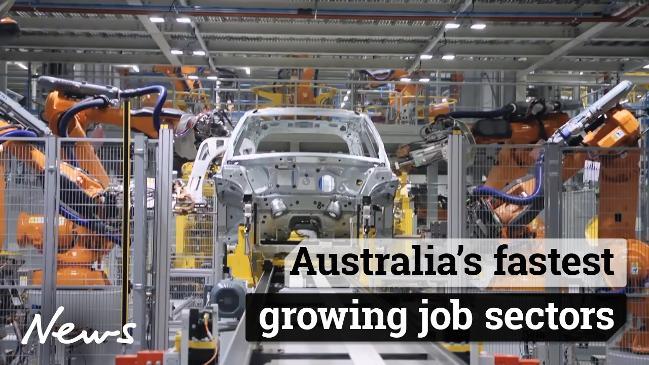
“Many of our younger people left so there is sort of an overhang effect.”
He fears the state’s current economic state is enough to see a repeat of 25 years ago.
“Once people leave it is very difficult to get them back, even though SA is quite a favourable state to have a young family,” Associate Professor O’Neil says.
Census statistics commissioned by the Sunday Mail show that Victoria is the most popular destination for younger South Australians (10-39 years) to move to. Older South Australians (40-79) move to Queensland.
But the statistics also make clear it is younger people who are more likely to have been living interstate during the 2016 census than they were at the 2011 count.
As the CEO of the Youth Affairs Council of SA, Anne Bainbridge is tasked with lobbying for change on behalf of young people aged 25 and under. She says it is not uncommon for young people to move around because “it’s fun, exciting and challenging”.
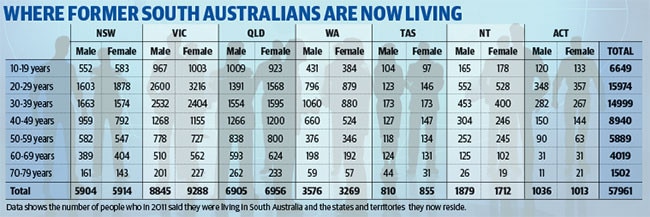
“That’s a good thing but there’s a difference between young people wanting to leave SA and young people thinking they have to leave because they lack opportunity,” she says.
Ms Bainbridge says the unemployment rate for 15 to 24-year-olds in SA in 2017 ranged from 14.6 per cent to 18.7 per cent in 2017 and as high as 20.1 per cent in the northern suburbs.
And, she says, those figures don’t reflect the significant underemployment rate where people have work but need more.
“Young South Australians are exploring employment opportunities interstate because they can’t find work in SA; they don’t want to leave but they don’t feel they have a choice.”
Many of SA’s major business lobbies have been advocating for a population growth strategy for years.
Property Council SA executive director Daniel Gannon last year called for the State Government to actively pursue “interstate hipsters” – young professionals who could be drawn to the city for its emerging tech sector, affordable housing and reputation as a hip and happening destination.
At the time, Premier Jay Weatherill said it was a proposal worth considering. But while nothing has happened in SA, the Tasmanian Liberal Government has, during the week, announced a policy to attract young Sydneysiders.
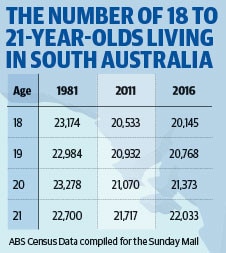
It has committed to spending $700,000 on a “You in a Year” social media and online campaign spruiking the advantages of relocating to the Apple Isle.
Mr Gannon said sluggish population growth in SA was a concern.
“Victoria grew by more people after 26 days than South Australia added in the entire year,” he says.
“The population loss in and of itself is a concern, but the number of young, well-educated graduates and skilled workers who are leaving the state in search of employment and economic opportunity is of greater consequence in the long term.
“While the appeal of new, greener pastures is a factor for young people, the biggest driver is opportunity. SA simply doesn’t have a competitive jobs market compared to other states.”
Mr Gannon says to keep young people in SA it is important to know what is stopping them from staying and then returning.
“We need to have greater clarity around the movements and motivations of the almost 7000 young South Australians who left last year to understand the risks and opportunities.”
Real Estate Institute of South Australia chief Greg Troughton supports a population growth strategy, describing the youth migration as “terrifying”.
“I love SA, I love Adelaide. But if we don’t wake up soon, we’ll end up being the state that just sells the most lattes to people over the age of 65,” he says.
“The secret of our 20-minute lifestyle (the idea that everything you need is within 20 minutes in Adelaide) is no longer enough.”
As the head of the state’s business lobby, Mr McBride says SA has been recognised as one of the best places in the world to live and visit.
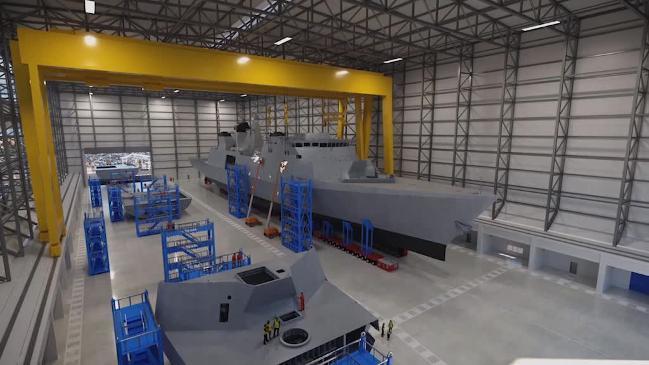
“We have an enviable lifestyle supported by things like our cultural and arts heritage, social innovation, environment, food and wine and natural beauty,” he says. “But, as the old saying goes, SA is a great place to live if you have a job.
“It isn’t clear what comes first: economic growth or population growth. The reality is that they both come together and you can’t have one without the other.”
Mr McBride says while he accepts that leaving your home town is part of a “rite of passage” for many young people, the trend in SA for years has gone well beyond that.
“There is now an entrenched expectation with so many of our school leavers and university graduates that they simply must leave the state in order to have any kind of meaningful career opportunities,” he says.
“It’s an absolute tragedy that such an expectation is now broadly accepted as the reality in that cohort of our state’s young people.”
Mr McBride believes SA needs a strategy that is not just about “growth for growth sake” but, instead, targets the skills the state will need in the future and who could fulfil those roles.
“We need to move away from the short-termism of buying jobs and the temporary loyalty of companies.”
SACOSS CEO Ross Womersley says many young people leave in search of work. “There is a similar issue within the state of young people leaving rural areas to move to the city – either Adelaide or interstate,” he says.
“And, here, the mechanisation of farming and decline in regional manufacturing contributes to a lack of jobs and migration both out of regional areas and also out of the state.
“One of the things I fear is that we have developed a mentality that simply assumes the only place where real jobs are emerging is somewhere else and we know that’s not true – despite having some real unemployment and underemployment issues. At many levels it is great that our young people can travel and are desired employees elsewhere.
“But SA needs also to attract as well as retain a share of young people from elsewhere. Why would you want to go to a university in Sydney and pay Sydney rents when we have world-class universities here?
“This gets back to the issue of promoting Adelaide and the benefits of our state.”
what can we do to keep young people in SA? Tell us at advertiser.com.au
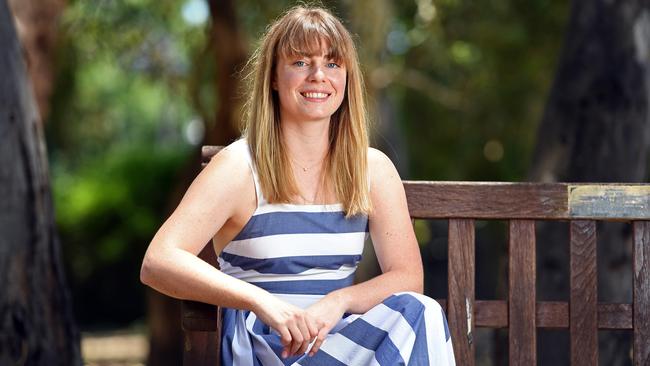
Canberra so full of opportunities
COMMERCIAL lawyer Alexandra Smith says about half of her childhood friends have crossed borders to live interstate.
The 26-year-old lives in the nation’s capital, Canberra, after growing up in Wayville.
“I left about halfway through my law degree in 2011,” Ms Smith says.
“I moved because my partner lives in Canberra and I wanted to study at the Australian National University.
“Canberra has a lot to offer, a nice lifestyle and good job opportunities.”
As the home of the Australian Parliament, a lot of South Australians are drawn to Canberra to work in politics.
But Ms Smith suggested even outside of politics the city offered opportunities not available in Adelaide.
“I’m a commercial lawyer at a private law firm,” she says. “A lot of the bigger firms don't have offices in Adelaide.
“I know quite a few people in Canberra who have moved for the Commonwealth Government graduate opportunities.”
Ms Smith says, however, that friends who have stayed in Adelaide have not regretted it.
“Houses are more affordable so people are able to get a foot in the door of the property market,” she said.
“That’s attractive for people wanting to start families.”
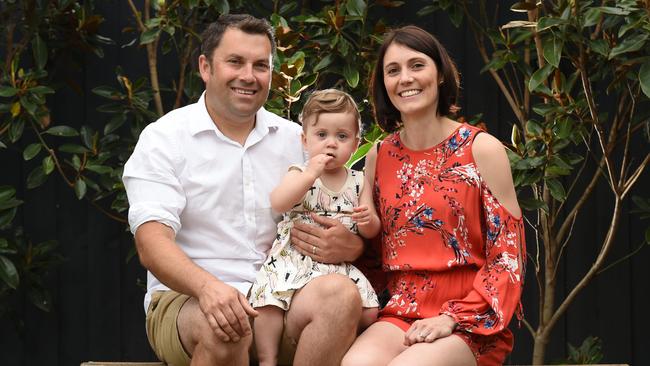
No regrets about Melbourne move
LUKE Watson was drawn to the “big smoke” of Adelaide as a 22-year-old, following the woman who would become his wife, Carly.
“At the time I was a tradie doing furniture-making and I found a job and moved to Adelaide,” Mr Watson, originally from Barmera, says.
But within a few years, the couple had already moved on from the South Australian capital.
“The main motivator in the first place was Carly’s study,” Mr Watson, 39, says.
“She was accepted into a university in Albury-Wodonga and then further study took her to Melbourne – and that’s where we ended up.
“I run my own kitchen installation and joinery business.”
The couple have been living in Preston, in the Victorian capital’s northern suburbs, since 2003.
“We love Melbourne; it’s a great city with plenty of opportunities,” Mr Watson says.
“With my work, there’s more opportunities here with the population growth Melbourne is experiencing, and plenty of residents wanting to renovate their homes.”
Mrs Watson, 36, who studied photography at Melbourne’s RMIT University and is undertaking a Master of Social Work at the University of Melbourne, says higher-education opportunities were a big drawcard.
And she says educational opportunities are one of the main reasons the family will probably stay in Melbourne – so that their 17-month-old daughter, River Mai, gets the best opportunities.
“I love Melbourne, there’s a real sense of community,” Mrs Watson said.
“There are such a lot of family events and cultural things that we like to go to.”
As for Adelaide, the couple admit that one day the beach and the more relaxed lifestyle could lure them home – but not yet.


